Rising Environmental Concerns
The Future Of E Fuel Market is significantly driven by growing environmental concerns among consumers and businesses alike. As awareness of climate change and pollution increases, there is a heightened demand for cleaner energy alternatives. E fuels, which can be produced with minimal carbon emissions, are emerging as a viable solution. Market data indicates that the demand for e fuels in the transportation sector is expected to rise, with projections suggesting a compound annual growth rate of over 20% in the coming years. This shift towards sustainable energy sources is likely to reshape the energy landscape, positioning e fuels as a key player in the transition to a low-carbon economy.
Regulatory Framework and Policy Support
The Future Of E Fuel Market is increasingly influenced by supportive regulatory frameworks and policies aimed at reducing carbon emissions. Governments are implementing stringent emissions targets and providing incentives for the adoption of e fuels. For example, several countries have established mandates for renewable energy usage in transportation, which could drive demand for e fuels. Additionally, financial incentives such as tax credits and subsidies for e fuel production are likely to encourage investment in this sector. This regulatory support not only enhances the market's attractiveness but also aligns with global sustainability goals, potentially accelerating the transition to cleaner energy sources.
Collaboration Between Industry Stakeholders
The Future Of E Fuel Market is witnessing an increase in collaboration among various stakeholders, including governments, private companies, and research institutions. These partnerships are essential for advancing research and development in e fuel technologies. Collaborative efforts can lead to shared resources, knowledge exchange, and accelerated innovation. For instance, joint ventures between automotive manufacturers and energy companies are likely to enhance the development of e fuel-compatible vehicles. Such collaborations not only facilitate technological advancements but also help in creating a more robust supply chain for e fuels, ultimately contributing to the market's growth and sustainability.
Investment in Renewable Energy Infrastructure
The Future Of E Fuel Market is benefiting from substantial investments in renewable energy infrastructure. As countries strive to meet their energy needs sustainably, there is a concerted effort to develop renewable energy sources such as wind, solar, and hydroelectric power. These investments are crucial for the production of e fuels, as they provide the necessary energy input for electrolysis and other production processes. Recent reports indicate that investments in renewable energy infrastructure are projected to exceed several hundred billion dollars over the next decade. This influx of capital is likely to enhance the scalability and accessibility of e fuels, thereby fostering growth in the market.
Technological Innovations in E Fuel Production
The Future Of E Fuel Market is poised for transformation due to rapid technological advancements in production methods. Innovations such as electrolysis and carbon capture are enhancing the efficiency of e fuel generation. For instance, the development of high-temperature electrolysis is expected to reduce energy consumption significantly, making e fuels more competitive with traditional fossil fuels. Furthermore, advancements in renewable energy integration are likely to facilitate the production of e fuels at a lower cost. As these technologies mature, they may lead to a more sustainable and economically viable e fuel market, attracting investments and fostering growth in the industry.


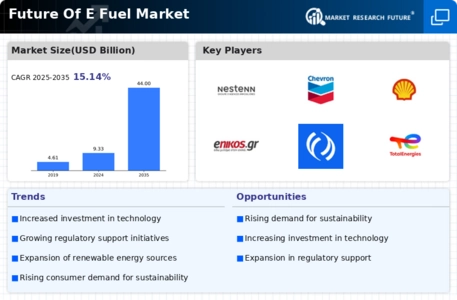
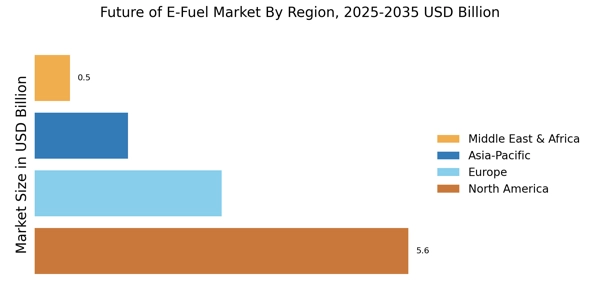
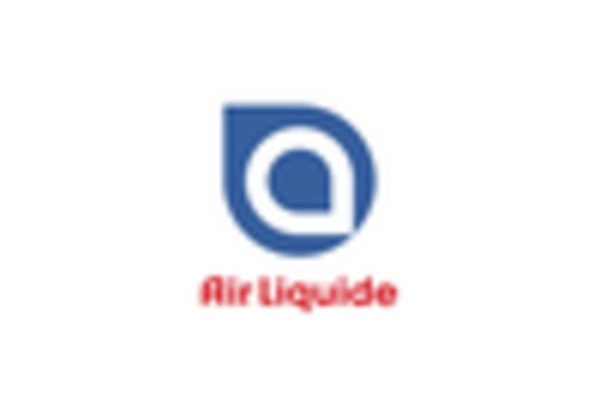
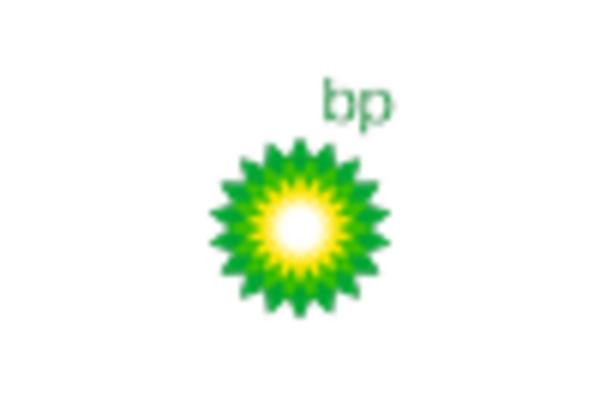
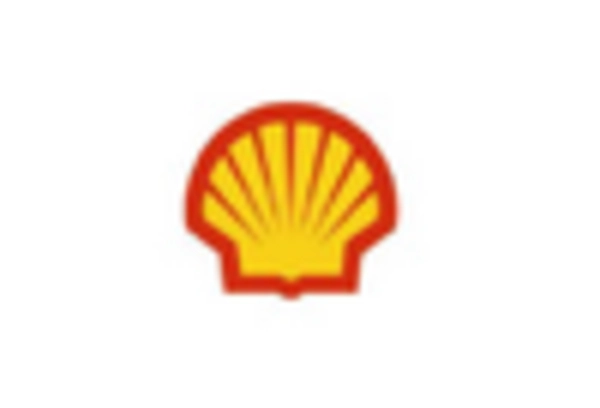











Leave a Comment